Tabbouleh Couscous Salad: A Global Spice Adventure in Every Bite!
If you're craving a dish that's as refreshing as it is flavorful, look no further than Tabbouleh Couscous Salad. This vibrant salad is a delightful twist on the traditional Middle Eastern tabbouleh, swapping out bulgur wheat for light and fluffy couscous. It’s not just a salad—it’s a global spice adventure served in a bowl. Whether you're hosting a summer barbecue or simply looking to jazz up your lunch routine, this dish is your passport to flavor town.
Table of Contents
- What Exactly Is Tabbouleh Couscous Salad?
- The Global Spice Connection
- Why You Should Try It Today
- How to Make the Perfect Tabbouleh Couscous Salad
- Spice Tips That’ll Elevate Your Salad Game
- Pairing Suggestions: What Goes With This Dish?
- Final Thoughts
What Exactly Is Tabbouleh Couscous Salad?
The original tabbouleh hails from Lebanon and is typically made with bulgur, parsley, tomatoes, mint, olive oil, lemon juice, salt, and pepper. But here's where we spice things up—literally and figuratively.
Tabbouleh Couscous Salad takes all those bright, fresh ingredients and replaces the bulgur with steamed couscous. Why? Because couscous has a more delicate texture and absorbs flavors like a charm. Plus, it’s quicker to prepare—no soaking required!
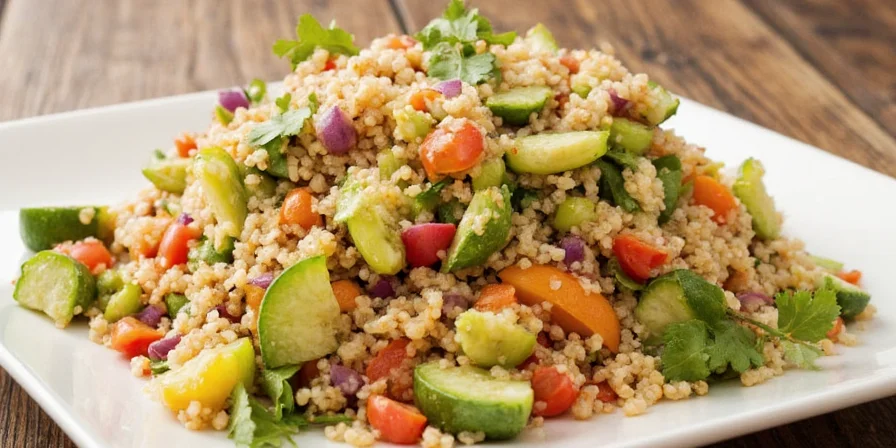
The Global Spice Connection
While traditional tabbouleh leans heavily on parsley and mint, spices can open up a whole new dimension of flavor. By introducing regional spices, you transform the salad into a cross-cultural masterpiece:
- Moroccan Twist: Add cumin and a pinch of cinnamon for warmth.
- Turkish Influence: Sprinkle in some sumac for tangy depth.
- Indian Fusion: Throw in chaat masala or garam masala for an aromatic kick.
- Mediterranean Zing: Crushed Aleppo pepper or dried oregano add a subtle heat.
| Region | Spice Pairing | Flavor Profile |
|---|---|---|
| Morocco | Cumin + Cinnamon | Earthy & Warm |
| Turkey | Sumac | Tangy & Citrusy |
| India | Garam Masala | Spicy & Fragrant |
| Mediterranean | Oregano + Aleppo Pepper | Herby & Slightly Smoky |
Why You Should Try It Today
This isn't just another healthy salad—it’s a canvas waiting for your culinary creativity. Here’s why you’ll want to make it ASAP:
- Super Quick: From prep to plate in under 30 minutes.
- Packable: Perfect for picnics, potlucks, or meal prepping.
- Versatile: Customize with your favorite veggies, herbs, and spices.
- Gluten-Free Option: Use GF couscous (like shirataki) or substitute with quinoa!
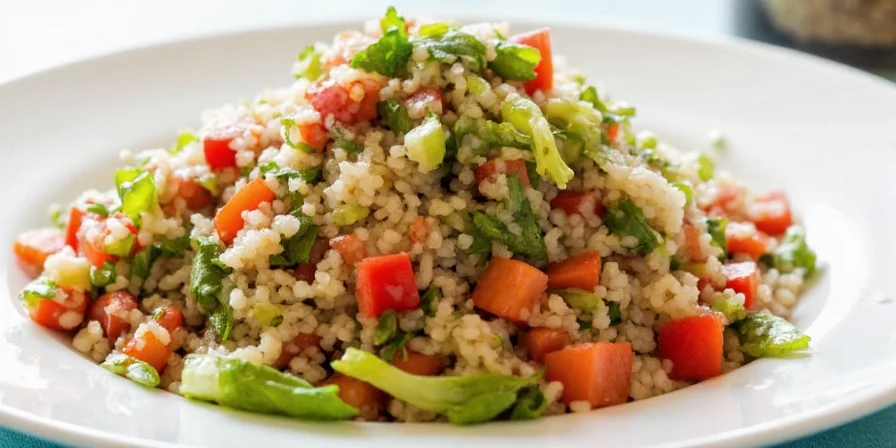
How to Make the Perfect Tabbouleh Couscous Salad
Ready to become a salad wizard? Here’s a simple yet spectacular recipe to get you started:
Ingredients:
- 1 cup couscous
- 1 ½ cups boiling water
- ¼ cup extra virgin olive oil
- ¼ cup freshly squeezed lemon juice
- 2 tbsp chopped fresh parsley
- 1 tbsp chopped fresh mint
- 1 small red onion, finely chopped
- 1 medium cucumber, diced
- 1 cup cherry tomatoes, halved
- Salt and pepper to taste
- Optional spices (see below)
Instructions:
- Place couscous in a large bowl. Pour boiling water over it, cover, and let sit for 5–10 minutes until fluffy.
- In a separate bowl, whisk together olive oil, lemon juice, salt, and any optional spices.
- Add chopped herbs, cucumber, tomatoes, and onion to the couscous.
- Pour dressing over the salad and toss well to combine.
- Refrigerate for at least 30 minutes before serving for maximum flavor infusion.
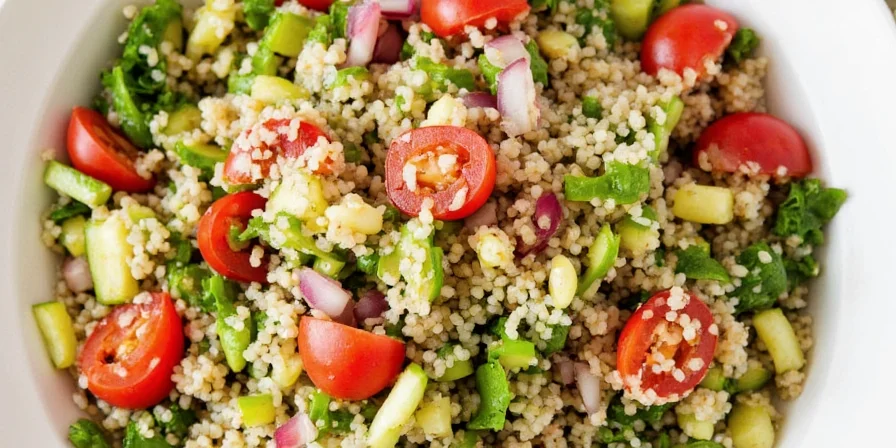
Spice Tips That’ll Elevate Your Salad Game
You’ve got the basics down. Now let’s turn up the heat—literally. Here are five pro-level spice hacks to take your tabbouleh couscous salad to the next level:
1. Toast Spices First
Toast cumin, coriander, or cardamom seeds in a dry pan for 30 seconds before grinding them. This unlocks their essential oils and boosts flavor intensity.
2. Add Fresh vs. Ground Herbs Thoughtfully
Fresh herbs like parsley and mint should be used liberally for brightness. Dried herbs like oregano or thyme work best when infused into the dressing.
3. Use Lemon Zest for Extra Punch
Rub a microplane over a lemon to extract its zest before juicing. Just a teaspoon can make the entire dish sing with citrusy goodness.
4. Experiment with Chilies
Add a pinch of crushed red pepper flakes or finely chopped fresh jalapeño for a spicy surprise. Harissa paste mixed into the dressing adds North African flair.
5. Finish with Umami Boosters
A sprinkle of nutritional yeast, grated Parmesan (or vegan alternative), or a splash of soy sauce adds umami richness that balances the acidity perfectly.
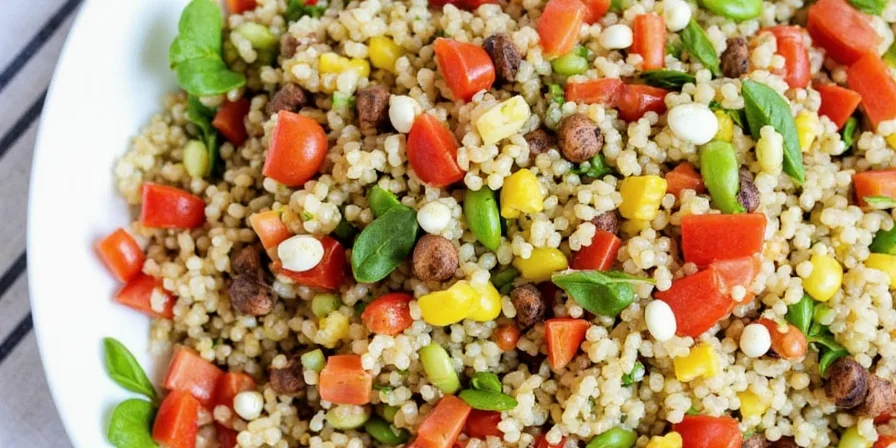
Pairing Suggestions: What Goes With This Dish?
Tabbouleh couscous salad is a flavor powerhouse, but it plays nicely with others too! Here are some perfect pairings:
- Grilled Meats: Lamb kebabs or chicken skewers seasoned with sumac and garlic.
- Seafood: Grilled shrimp or lemon-baked fish for a lighter option.
- Vegetarian: Falafel, roasted eggplant, or stuffed grape leaves.
- Drinks: Mint tea, arak (anise-flavored spirit), or a crisp Sauvignon Blanc.
Final Thoughts
Tabbouleh couscous salad isn’t just a one-trick pony—it’s a globally inspired dish that adapts beautifully to your palate and pantry. Whether you’re sticking to tradition or spicing things up with bold flavors, this salad promises freshness, crunch, and a little bit of magic in every bite.
So go ahead—experiment with spices, tweak the ingredients, and most importantly, enjoy the process. After all, cooking should be fun, flavorful, and full of life!

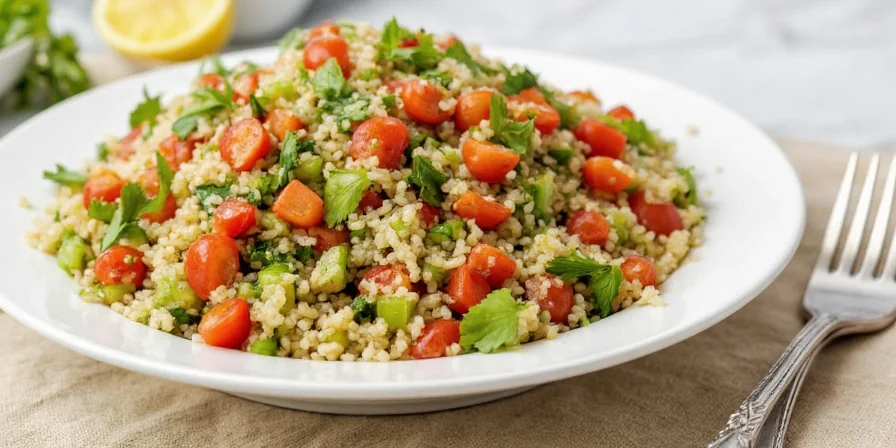









 浙公网安备
33010002000092号
浙公网安备
33010002000092号 浙B2-20120091-4
浙B2-20120091-4